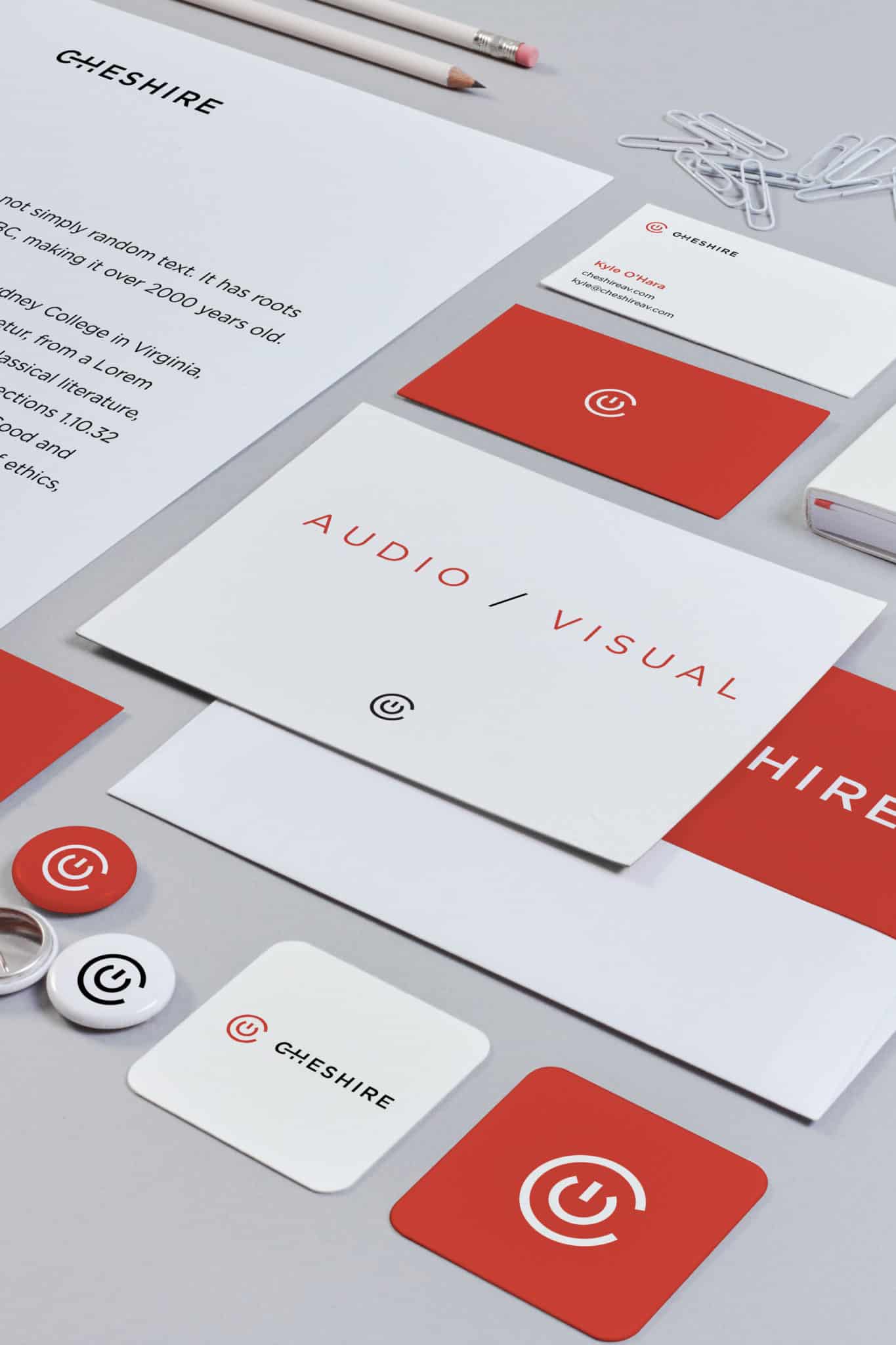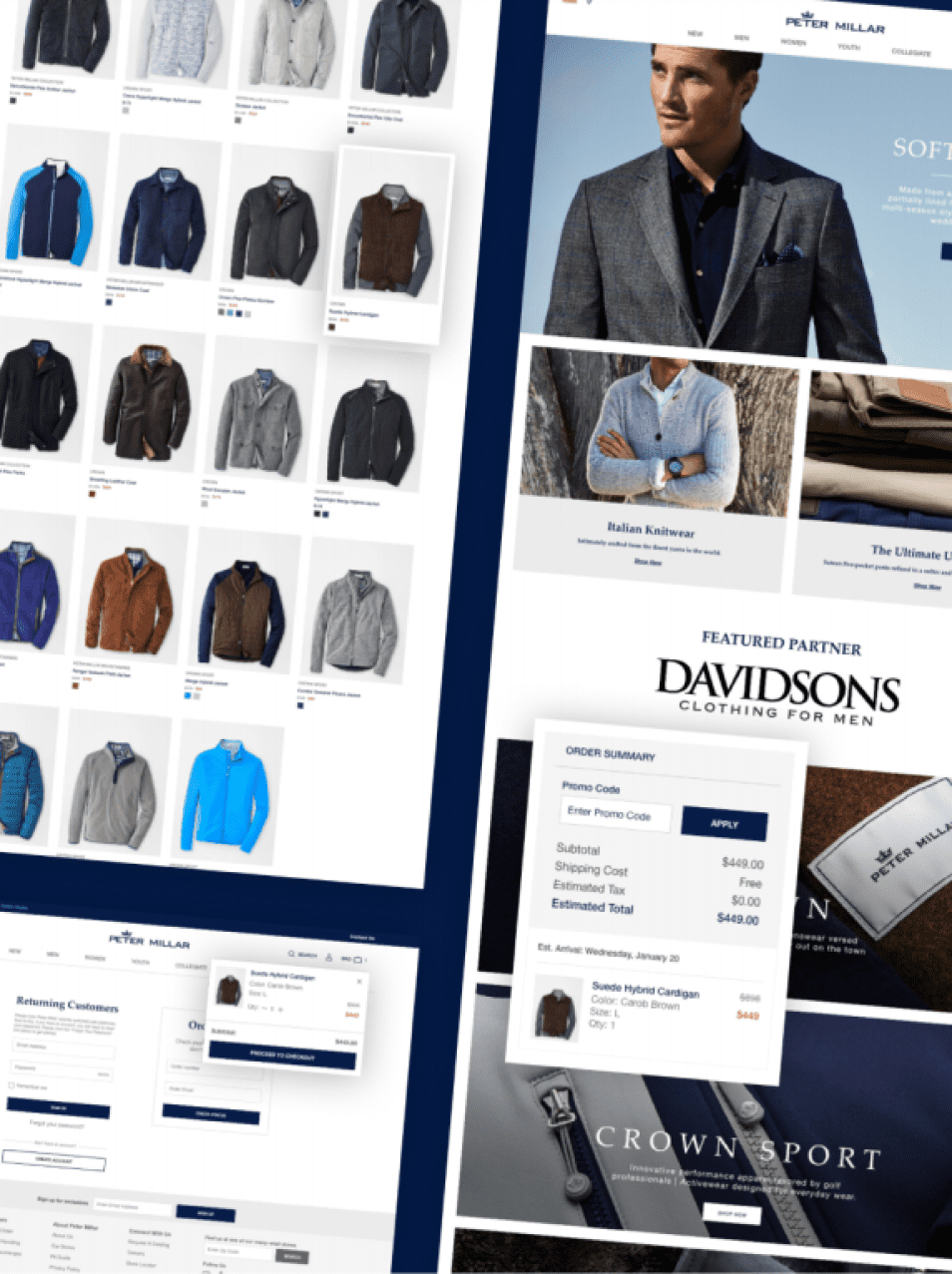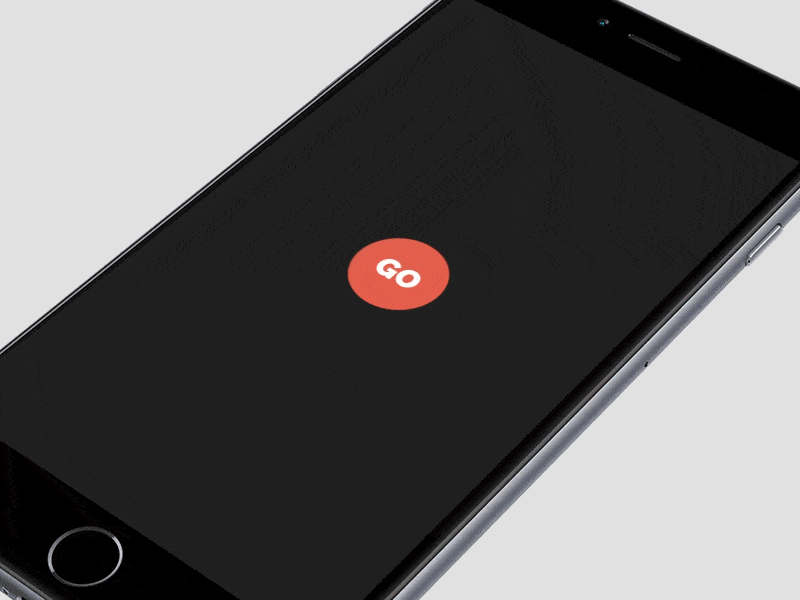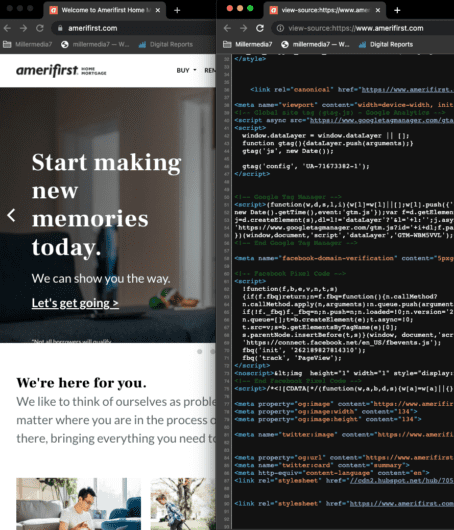The financial sector heavily relies on complex bureaucratic procedures and the necessary abundance of strict regulations. That’s why most finance verticals traditionally have been considered stressful activities that not everyone can handle effectively. However, as the financial industry embarks on the path toward digital transformation, this status quo is changing. Now, financial technology user experience (fintech UX) is front and center.
Well-thought-out fintech UX design of apps and tools has transformed burdensome pieces of our financial routine into relatively simple and often quite enjoyable tasks. Today, we have all reason to believe that UX designers will drive further growth and continue the modernization of the fintech space.
Let’s take a look at how different fintech products with outstanding user experience design have empowered millions of users. Not to mention how they make managing money, investing, and raising funds much easier to do in a smarter way.
Personal finance apps
Mobile applications for tracking personal finances are extremely popular nowadays. Statistics show that about 63% of smartphone owners use at least one app that helps them keep track of individual spending. In general, these fintech apps allow users to bring all their accounts into one place and check how their balances change anytime. Consequently, people become more aware of where their money is going and, ultimately, become more financially conscious.
The main challenge of most personal finance applications is that they need to display a large amount of information without overwhelming users or sacrificing usability. A clear fintech UX with smooth virtual interactions is the way to reach this goal.
For instance, Mint, a widely-used budgeting app, provides several predefined categories of personal expenses. Users just need to link their accounts to the application and set limits for each category. The app automatically tracks all transactions and sends notifications when a person is close to the threshold.

Another great example is the Simplifi app. It was explicitly designed to decrease the navigation time required to complete various day-to-day financial tasks. Easy to comprehend dashboards let users see exactly where they stand. Users can also get more detailed info on spending in just a few clicks.

Mobile banking and FinTech UX
Banking and financial institution apps also belong in the group of financial products that significantly simplify our financial life. Most of them are provided by fintech companies or banks and allow clients to manage their financial matters right from their smartphones. The main goal is to make all banking services accessible at the user’s fingertips while avoiding the complexity that is often associated with financial transactions.
When building a fintech user experience design, the necessity to combine different consumer needs in one consistent user flow is the biggest issue faced by UX specialists. The app has to be functional, reliable, comprehensive, and easy-to-use at the same time.
Bank of America came up with a great solution in this regard. It included a virtual assistant, Erica, in the fintech UX design of its app. Erica guides users through different features and can complete some simple tasks itself (e.g., checking account balance) just like iOS’s Siri.
It’s also crucial to understand that the fintech UX of banking apps is one of the elements of the overall customer-centered experience. In other words, there should be no distractions, unambiguous choices, or too much creativity.
Like any other communication with a bank, interactions within the app should be straightforward, professional, and friendly. That’s why a subtle, user-friendly, and minimalistic user interface is the optimal choice for mobile banking.

image credit: Alexandr Demidov
UX overhauls stock trading apps
Trading apps are the fintech product group in which a user-centered design is probably valued the most. They aim to help people make trades in a simple and efficient way. But most stock trading applications offer many more features than just the capability to buy and sell stocks online.
They allow users to view analytics and statistics in real time (e.g., how the price of a stock has been changing). However, users can also read relevant news, develop their own investment strategy, automate transactions, and so on.
To create a seamless fintech design for a stock trading application, UX product designers should understand how a stock market works. Also, they need to know basic investment terminology. It should help them split the data into logical blocks and make critical information more noticeable.
If you want to get an example of how an app can lower the barrier of entry to the stock market, take a look at Robinhood. Its usability is so good that some people are joking that using Robinhood is easier than using Tinder.

There are also investment apps like Webull that are targeted at experienced investors. They provide users with more advanced trading details. And, logically, their visual design looks a little bit more overwhelming. But it’s only at first sight.
In practice, all these charts and diagrams simplify the perception of information for traders, helping them more easily make more informed decisions.

Crowdfunding platforms
Crowdfunding platforms are a popular way to raise money for projects, especially in innovative and creative areas. They’ve become a meeting point for people who have brilliant ideas and people who are ready to invest in them.
In general, there are several different types of crowdfunding (e.g., donation-based, investment-based). Nevertheless, most of them require the platform to build trust from all sides in order for it to work as intended. Since everything happens online, this trust is largely established through great financial technology UX.
For example, fintech UX often plays an essential role in making visitors stay longer on a crowdfunding platform. It also defines how easy it is for users to discover projects and how much effort it takes to transfer money to the platform or project.
If you visit GoFundMe, a well-known crowdfunding website, you’ll see how a well-built fintech user experience creates a strong foundation for trustful and engaging crowdfunding.

In particular, all GoFundMe initiatives are divided into categories (e.g., medical, animal, business), which considerably simplifies browsing of fundraisers. The initiatives also have brief descriptions explaining the reasons why the funding is needed.
Once you open a page with an initiative, it becomes immediately clear how much money has already been raised and who made these donations. Besides, the website contains success stories that happened thanks to GoFundMe. Overall it is a great way to establish user confidence and social proof.
FinTech UX and mobile payments
Mobile payment services became a popular alternative to cash and traditional money transfer methods a few years ago. But the COVID-19 pandemic caused an even greater boost in their usage. People make payments via mobile devices to buy products or services online and in person, split expenses with friends, and accept money from other users.
While an application needs to contain the necessary features to perform all these functions, convincing us that everything went well is a fintech UX design’s task. No one would use a mobile payment service if it made users feel anxious every time they purchase something with a smartphone or tablet. To create an effortless and stress-free payment experience, designers should work on its simplicity and intuitiveness. Apple Pay serves as one of the best examples of these virtues today.
Another important element of fintech UX for mobile payment services is interaction design. Simply put, UX designers must consider not only a user journey within the app but also the broader context of user behavior.
For example, it includes the way the application communicates with a user. Does it provide the right amount of information? Are all messages clear enough? If an error occurs, how easily can a user understand it? These are just some examples of potential communication pitfalls. A great example of how to approach these elements is Facebook Pay which deals with this just about perfectly.

Business intelligence solutions
Business intelligence solutions help professionals who work in the financial services space stay on top of the most recent news and receive other important data insights. For example, these platforms can provide detailed information on investor mandates, managers, and consultants. They can also aggregate analytical content from other resources or create unique expert articles to keep users up-to-date with market changes.
Our team at m7 provides consultancy services and UX designing for fintech companies. We recently received a request from a client who needed to optimize the fintech user experience on two business intelligence platforms. Before approaching us, they had gathered user feedback and found out that the navigation was too difficult and the user journey wasn’t consistent enough.
To solve these problems, we did market and user research. Our team also identified customer (end-user) priorities by conducting contextual interviews with all user personas. The next stage was wireframing and prototyping. Based on the collected information, we developed new user journeys.
Our designers focused primarily on improving the end-users search experience. This makes it easier for the different category customer groups to use our client’s tool to find the most relevant information. Additionally, we provided suggestions for increasing the level of personalization the end-user would experience.

As a result, our team created a new platform design that helps the client’s customers to interact with platforms much more efficiently.

Strabo was designed with the global citizen in mind, allowing users to connect and access their financial accounts in different countries. The dashboard is intuitive, leveraging familiar functions that the modern professional can navigate through. Furthermore its' fully customizable, which allows the user to filter/sort their data the way they want rather than overwhelming them with too much information.
A final word on FinTech UX
In the financial technology market, UX design often defines whether a product will become a success or not in the short and long term. The fact of the matter is that financial apps deal with huge amounts of complex data. Without seamless user journeys and clear interfaces, users can get swamped by numerous features and overwhelming data.
As a result, they won’t be able to complete their financial tasks effectively. That’s why usability (and usability testing) can never be neglected. Otherwise, there is a risk that a solution will make users’ money chores even more unbearable instead of simplifying their financial lives.














